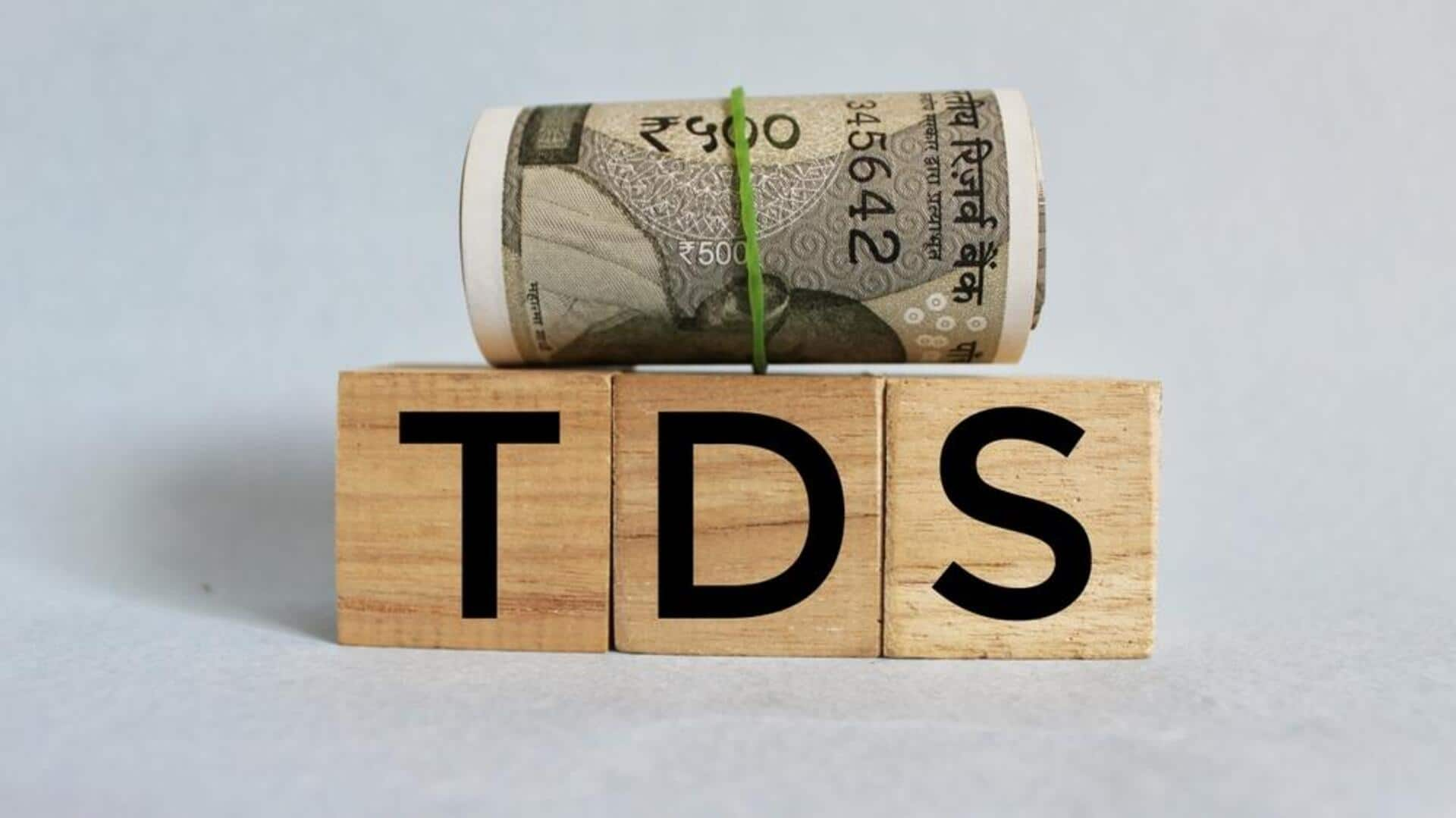
Section 194IA decoded: Understanding TDS on property deals
What's the story
Buying property? You must know about 1% TDS. If your property deal is worth ₹50 lakh or more, the taxman gets his cut—before the money even reaches the seller. Enter Section 194IA of the Income Tax Act, which makes it mandatory for buyers to deduct 1% TDS on high-value property transactions (excluding agricultural land). Sounds complicated? Don't worry! We've simplified the who, when, and how of this tax rule—so you stay tax-smart and penalty-free while sealing the deal!
Threshold
Threshold limit for TDS deduction
Under Section 194IA, TDS comes into play if the transaction value exceeds ₹50 lakh. Buyers need to be aware that for properties valued at ₹50 lakh or more, they are required to deduct a 1% TDS from the payment made to the seller. This deduction needs to be made at the time of payment or at credit to the seller, whichever is earlier.
Payment process
Payment and deposit of TDS
After deducting TDS, it is the responsibility of the buyers to deposit it with the government using Form 26QB. This should be done within 30 days from the end of the month of deduction. They are also required to furnish a TDS certificate to the seller with Form 16B within 15 days after depositing the TDS. This way, both parties have documentation showing they've complied with the tax laws.
Exemptions
Exemptions under Section 194IA
Not all property transactions attract TDS under this section. Transactions pertaining to agricultural land are exempt from this provision. Also, in case of multiple payments, if each installment is less than ₹50 lakh but the total payment exceeds this amount, then Section 194IA applies, and the buyer needs to deduct TDS.
Compliance tips
Practical tips for compliance
To avoid any hassles in complying with Section 194IA, buyers should ascertain the accurate value of the property before making any transaction. Keeping all the documents related to property valuation and transaction ready can be helpful in case of any future reference or verification by tax authorities. Additionally, knowing how to fill Form 26QB correctly can save you time and eliminate mistakes during submission.